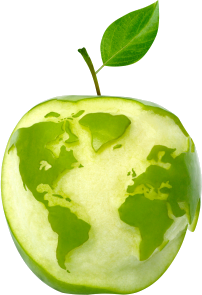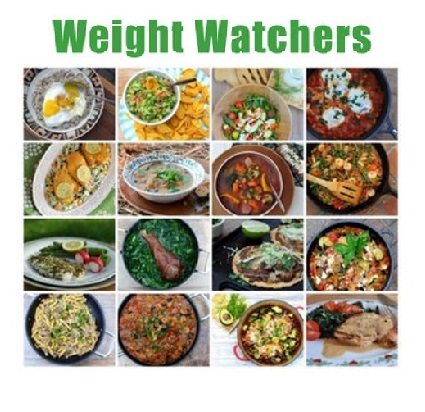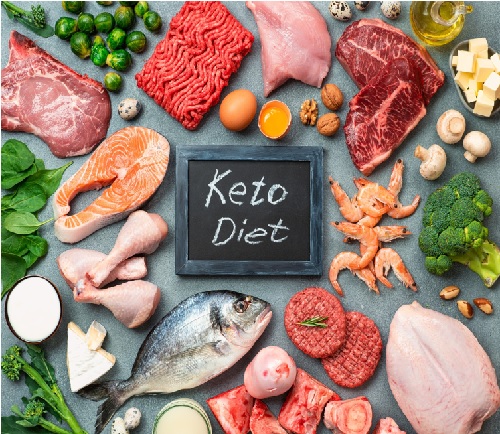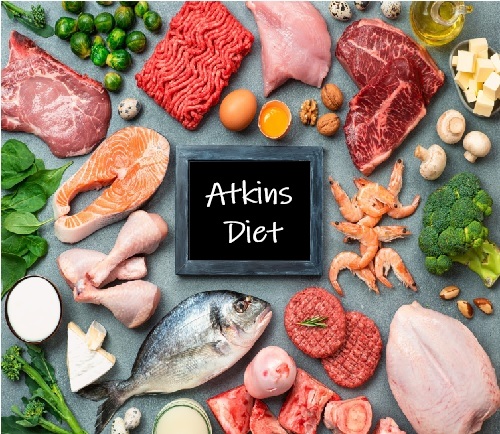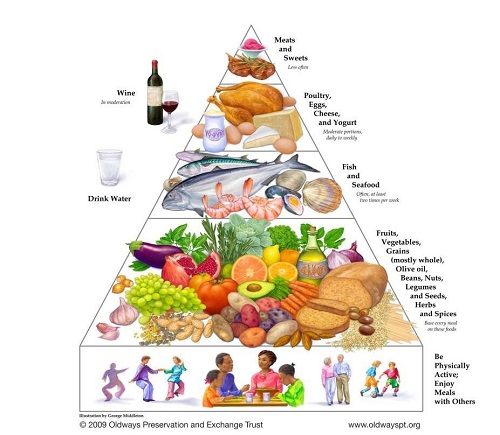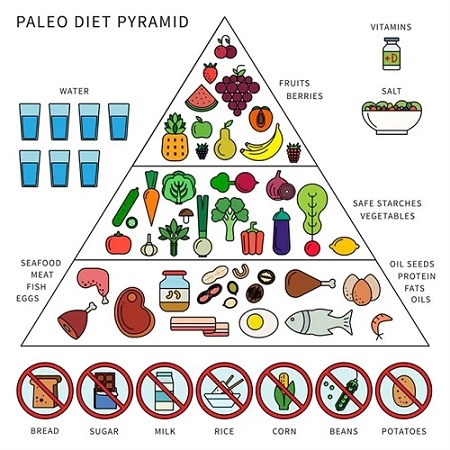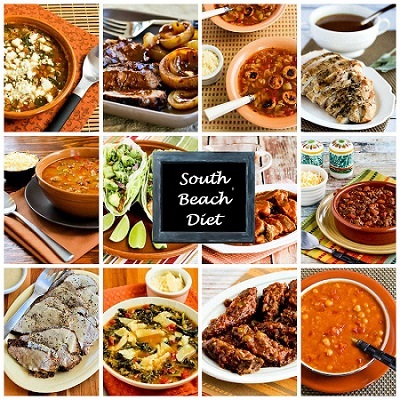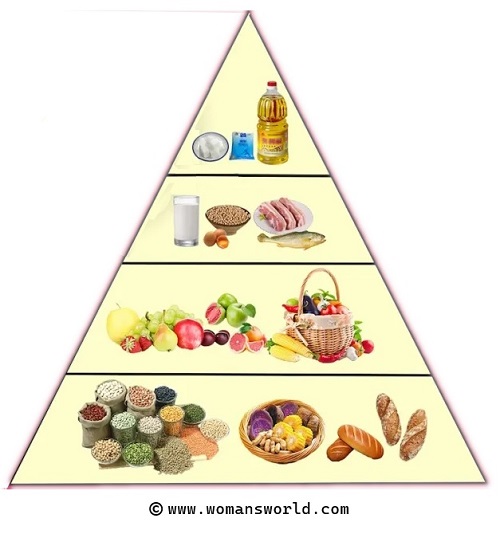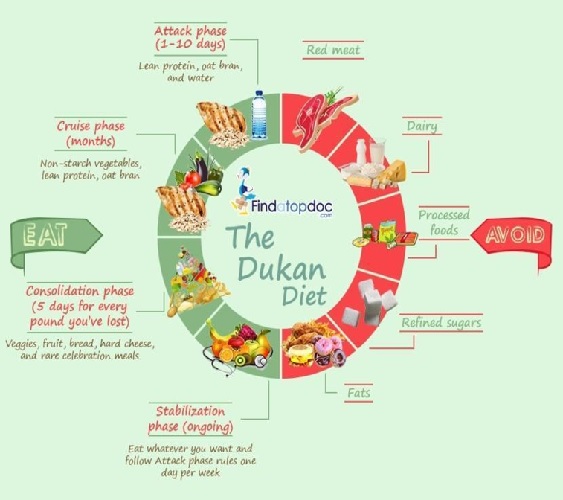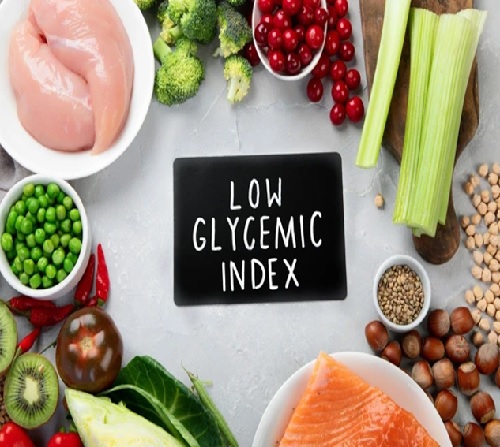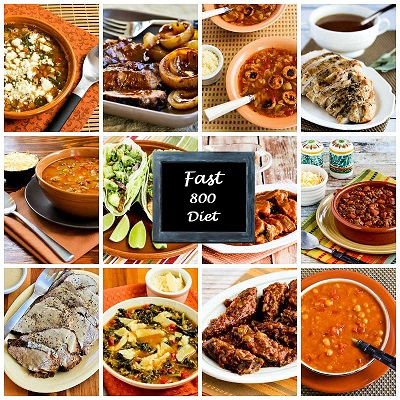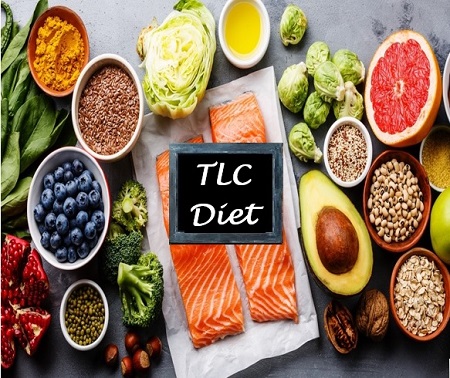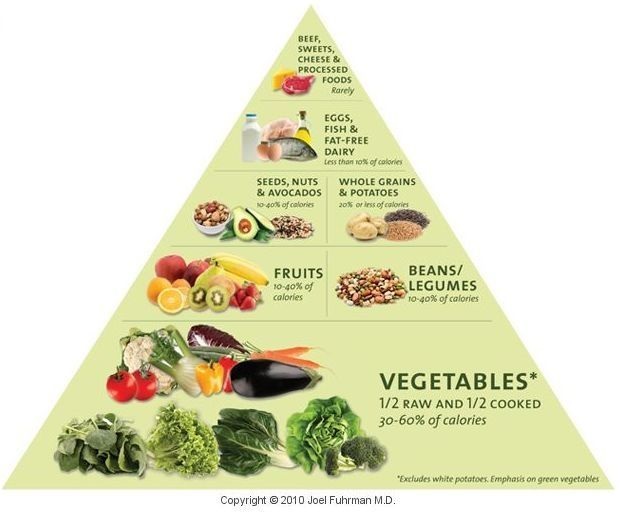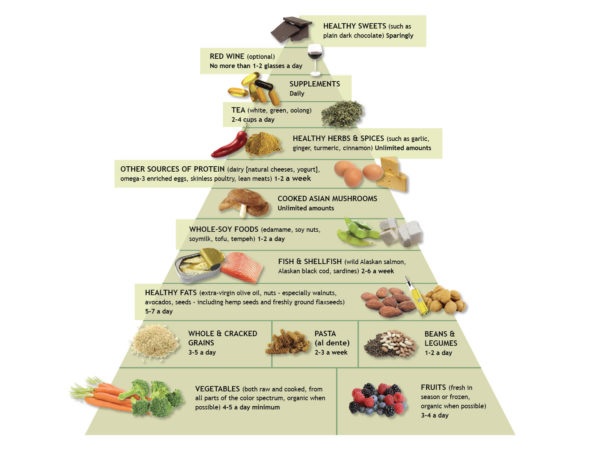Weight-loss Diets
-
Weight-Watchers DietWeight-Watchers Diet, also called WW-Diet (don't confuse it with Word-of-Wisdom WW-Diet) is a diet plan based on a special system of points assigned to foods and drinks. Weight-Watchers Diet targets 1 - 2 lb (0.5 - 1 kg) weight loss weekly by restricting the calories intake. Each person in this diet is given a daily points limit to spend on food and drinks. 1 point is equal to 50 calories and is calculated based on calories, saturated fat, sugar, fiber and protein content in your food. Clear, calorie-free drinks bring zero points.
No food is off-limits here - the only requirement is to stay below a daily points maximum. Whole, unprocessed food low in saturated fat and high in fiber are strongly encouraged.
-
Keto DietThe Ketogenic Diet, or shortly Keto Diet, is a low-carb, high-fat diet with moderate-protein intake. This diet turns your body's metabolic state into so-called ketosis, when body burns fat for energy instead of using carbohydrates.Four main versions of the ketogenic diet include:
- Standard Ketogenic Diet (SKD) - 70% fat, 20% protein, and 10% carbs.
- Cyclical Ketogenic Diet (CKD) - 5 ketogenic days (70% fat, 20% protein, and 10% carbs) followed by 2 high carb days.
- Targeted Ketogenic Diet (TKD) - allows adding carbs around workouts.
- High Protein Ketogenic Diet (HPKD) - similar to SKD, but includes more proteins: 60% fat, 35% protein, and 5% carbs.
-
Atkins DietCreated by cardiologist Robert Atkins in the 1970s, this popular weight loss diet plan limits consumption of carbohydrates (<20 gr of net-carbs daily) and encourages eating more protein and fat. May need a special attention for people with kidney problems.The 4 phases of Atkins Diet are:
- Phase 1 – Induction
- Phase 2 – On-going weight loss
- Phase 3 – Pre-maintenance
- Phase 4 – Maintenance with going low carb for life.
-
Mediterranean DietMediterranean diet is a dietary approach inspired by the traditional eating patterns of Mediterranean countries. First introduced as a diet type in 1975 by the American scientists Ancel and Margaret Keys, and formulated as a special diet in the early 1960s, this diet type was based on the eating habits and traditional food ingredients typical for Crete, Greece, Italy and Spain. Typical Midetteranian Diet advocates for eating more plant-based food and healthy fats, limiting red meat, sweets, sugary drinks, and butter, allowing consumption of moderate amount of natural cheese and yogurt. Drinking a moderate amount of wine with meals is also allowed.
-
Paleo DietThe Paleo Diet, also known as the Caveman Diet, Stone Age Diet, or Steak & Bacon Diet, is an eating plan based on foods that humans may have eaten during the Paleolithic Era. The main Paleo-friendly food list includes grass-fed meat, fish and seafood, fresh fruits and veggies, nuts and seeds, eggs, and healthy oils (olive, walnut, flaxseed, macadamia, avocado, coconut).
-
South-Beach DietCreated by cardiologist Arthur Agatston from Miami, FL this nutrition plan is, in fact, a modified low-carb diet that focuses on eating healthy fats, lean proteins, and healthy carbs.
-
Volumetrics DietCreated in Year 2000 by Dr. Barbara Rolls, a nutrition professor at Penn State University, this weight loss plan focuses on eating foods that are high in volume and low in calories, rather than restricting calories. Volumetrics Diet categorizes food into four groups based on its caloric density, emphasizing benefits of eating nutrient-dense, low-calorie foods, such as fruits, vegetables, whole grains and low-fat dairy.
-
Noom DietFounded in 2008 by two friends - Artem Petakov and Saeju Jeong - this weight loss diet is based on principles of Balance, Behavior Change and Long-Term Maintenance. It uses a color-coded system to help users eat more nutritious foods and build a healthier lifestyle. Three colors used in Noom Diet are:
- Green: Foods with the highest concentration of nutrients.
- Yellow: Foods with fewer nutrients than green foods.
- Orange: Foods with the lowest nutritional quality.
-
Dukan DietThe Dukan Diet is a nutritional plan introduced by Pierre Dukan with a promise to help you lose weight and "keep it off forever." Similar to Aitkins Diet, the Dukan Diet is a high-protein, low-carb diet with main source of protein coming from poultry, lean meat and fish.
-
Low Glycemic Index Diet (Montignac Diet)This is a weight loss diet that uses the glycemic index (GI) of foods to help people eat healthy and lose weight.It has two phases:
- Weight Loss Phase - only food with GI of 35 or less is allowed.
- Stabilization and Prevention Phase - carbohydrates with higher GI is allowed.
-
Fast 800 DietIntroduced by Dr. Mosley, this type of Mideterranian Fresh Diet requires you to consume not more than 800 calories daily for the period of minimum 2 and maximum 12 weeks. It promises 14kg weight loss in 8 weeks.
-
TLC DietCreated in 1985 by National Institutes of Health, the TLC (Therapeutic Lifestyle Changes Diet) is a nutritional program that aims to lower cholesterol through diet, physical activity, and weight management.
-
Ornish DietCreated in 1977 by Dr. Dean Ornish, a physician and researcher, a clinical professor of medicine at the University of California San Francisco, Ornish is a plant-based diet that emphasizes the quality of foods, rather than calorie counting or restrictive eating.
-
Plant-Strong DietWFPB Diet (Whole-Food Plant-Based Diet) is a diet plan derived from plants like legumes, nuts, fruits, and vegetables.Foods to Avoid on a WFPB Diet:
- Fast food: french fries, chicken nuggets, burgers, pizza, and hot dogs
- Refined grains: white bread, rice, and flour
- Packaged junk foods: potato chips, crackers, and biscuits
- Added sugars: table sugar, processed juice, carbonated soft drinks, and sugar cereals
- Processed animal foods: sausages, bacon, and jerky
-
Dr. Weil's Anti-Inflammatory DietCreated in 1995, Dr. Andrew Weil's anti-inflammatory diet is a food plan based on a Mediterranean diet with some Asian influences. In Dr. Weil's own words, “learning how specific foods influence the inflammatory process is the best strategy for containing it and reducing long-term disease risks.” It also promotes healthy aging and vitality targeting inflammation-related chronic diseases, like heart disease, diabetes, Alzheimer’s, and others. While this diet was not specifically designed for a weight-loss, some people do lose weight on it.


